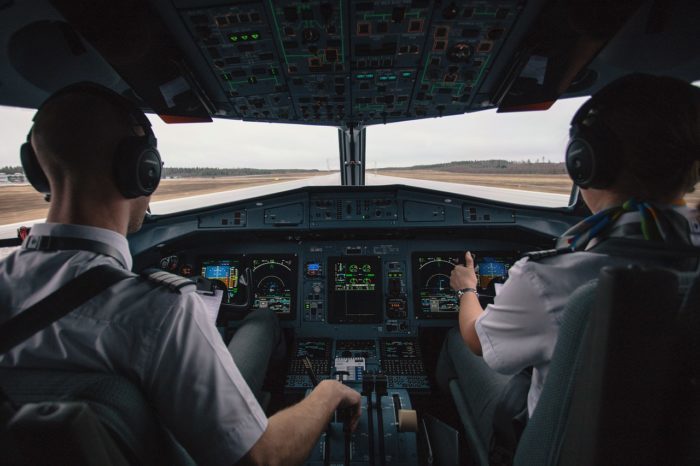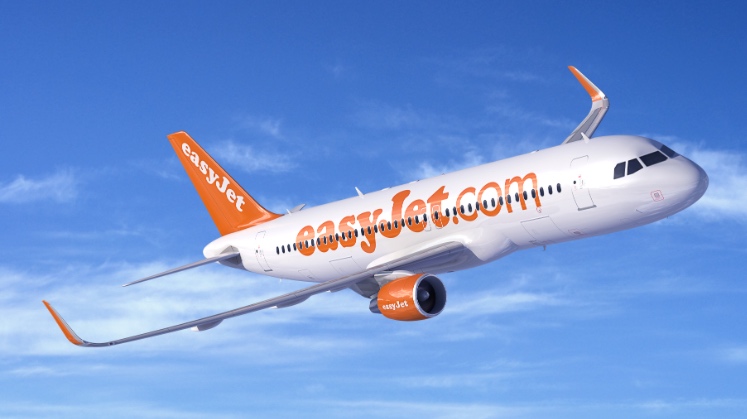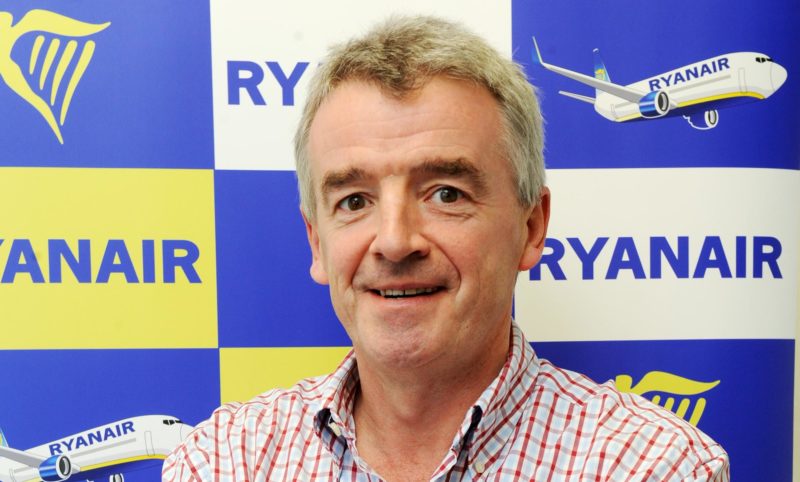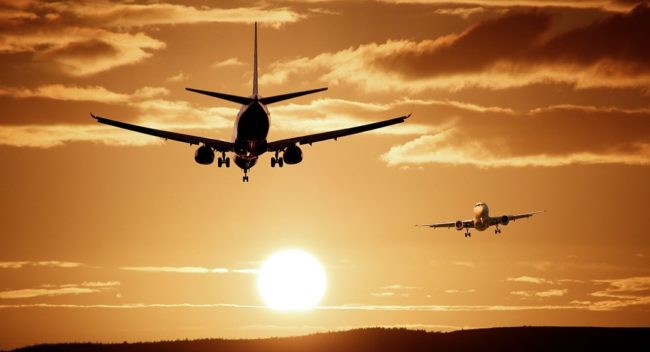Would you fly on a plane without a pilot? It may happen sooner than you think
Report from financial giant UBS says pilotless commercial flights could be a reality by 2025 with some flights at Liverpool John Lennon Airport already ‘auto-landing’ in low visibility. Tony McDonough reports

There has been no shortage of stories in recent weeks about driverless cars – but what about pilotless planes?
Many people are already nervous about cars on our roads driven by computers so the mental leap required to persuade people to jet off on holiday on a plane that flies itself is significant.
Aviation experts say the idea is perfectly feasible and it is almost certainly not a matter of if, but when.
In fact, there are occasions, for example in very low visibility, when commercial aircraft from airlines such as easyJet and Ryanair will ‘auto-land’ at Liverpool John Lennon Airport.
A reality by 2025
In the last few days global financial services giant UBS has published a report examining the issue and says pilotless commercial aircraft could be a reality by 2025.
It found that on current cost estimates airlines could save $(US)26bn a year using pilotless planes on top of “flight optimisation” savings on costs such as fuel.
It also estimates more than $(US)3bn a year in savings on lower insurance premiums and pilot training as well as revenue opportunities from increased cargo traffic.

Passengers unsure
However, in a survey of 8,000 people, UBS also discovered a significant percentage of people would currently be reluctant to fly on a plane without a pilot.
It found 54% were unwilling to fly on a pilotless plane and just 17% saying they definitely would. However, this figure rises to 30% in the 18-24 age group, suggesting acceptance will grow in time.
The report’s assertion that it could happen by 2025 is based on the technological aspect. Such technology already exists and is in frequent use.
Fly-by-wire
During a commercial flight the pilot will switch to autopilot, known in the trade as “fly-by-wire”, soon after take-off and won’t resume full manual control until the final approach to landing. Autopilot has been in use now for decades.
In fact, on a small number of flights, aircraft can also auto-land in certain circumstances – heavy fog, for example. Liverpool John Lennon Airport (LJLA) told us that planes can auto-land there in very low-visibility conditions.
An LJLA spokesman told YBNews: “The minimum runway visibility has to be around 350 metres for the airlines to be able to make an approach and pilot inputs are still required for the very last stages of the approach.
“It is mainly easyJet and Ryanair that can do this here but all commercial traffic should be capable.
“We don’t have data to hand re how often this might happen. It’s likely to be rare but does happen on occasions.”

So from a technological point of view, we are pretty much there already. Both the biggest global aircraft manufacturers, Airbus and Boeing, are investing in the development of fly-by-wire technology and the US military is even more advanced with its widespread use of unmanned drones.
Multiple obstacles
However, the hurdles to fly-by-wire commercial flights are not just technological. Firstly, civil aviation authorities across the world would have to be persuaded to change their rules. Currently all commercial aircraft must be piloted by a human.
They would need convincing that it was at least as safe as piloted flight.
According to Boeing, almost 80% of accidents in commercial aircraft are due to pilot error with the other 20% due to faulty equipment or unsafe conditions such as extreme weather.
When Air France flight 447 from Rio to Paris plunged into the Atlantic in 2009, killing 228 people, an investigation found flawed interaction between the pilot and the automated system was a major factor in the tragedy.
Huge investment
Steve Landells, flight safety specialist for the British Airline Pilots Association, told the Guardian newspaper: “Automation in the cockpit is not a new thing – it already supports operations. However, every single day pilots have to intervene when the automatics don’t do what they’re supposed to.”
The likely model of operation would be to have trained pilots on the ground, possibly monitoring more than one flight at a time. If one developed a problem he or she could then take control of the aircraft remotely.
Mr Landells added there would need to be “huge investment to make this possible, and even more to make it safe”.

Another obstacle is the insurance industry, which may also take some convincing. US-based aviation consultant Bob Mann said in 2015: “It would take a sea change on behalf of the insurance industry.
“Currently, it’s impossible to insure transport planes with fewer than two pilots.”
And speaking of the pilots, trade unions may also have something to say about the idea. There are around 20,000 commercial pilots in the UK alone – most of them would have to find something else to do for a living.
There are also security issues. Without a captain on the plane who has the authority to decide what to do about unruly passengers?
More chillingly, there is the terrorist threat… how easy would be it be to hack into the computer of a pilotless plane? Although it could be said, given the current level of automation, that threat already exists.
Just one pilot
The next big step is almost certainly not pilotless commercial aircraft but a cut from the current norm of two pilots to just one.
In the earlier days of commercial air travel three was the standard in the cockpit but by the late 1970s and early 80s technological advances meant a third person was no longer needed to monitor engines, fuel, electronics, pressurisation and hydraulics.
So the one-person cockpit, certainly on short-haul flights where fatigue is not an issue, cannot be far away.
As far back as 2010 Ryanair chief executive Michael O’Leary, never one to pass up the opportunity to cut unnecessary costs, was enthusiastic about the idea.
He claimed the second pilot was only there to “make sure the first fella doesn’t fall asleep and knock over one of the computer controls”.

Mr O’Leary added that even trains were allowed to have only one driver, despite the possibility of a heart attack.
“In 25 years with over about 10m flights we’ve had one pilot who suffered a heart attack in-flight – and he landed the plane,” he pointed out.
As a race we humans have a long history of finding ingenious solutions to the most complex problems.
So, while the idea of boarding a flight without a single pilot on board does seem far-fetched and perhaps even terrifying, it does feel like an idea whose time is definitely coming.

